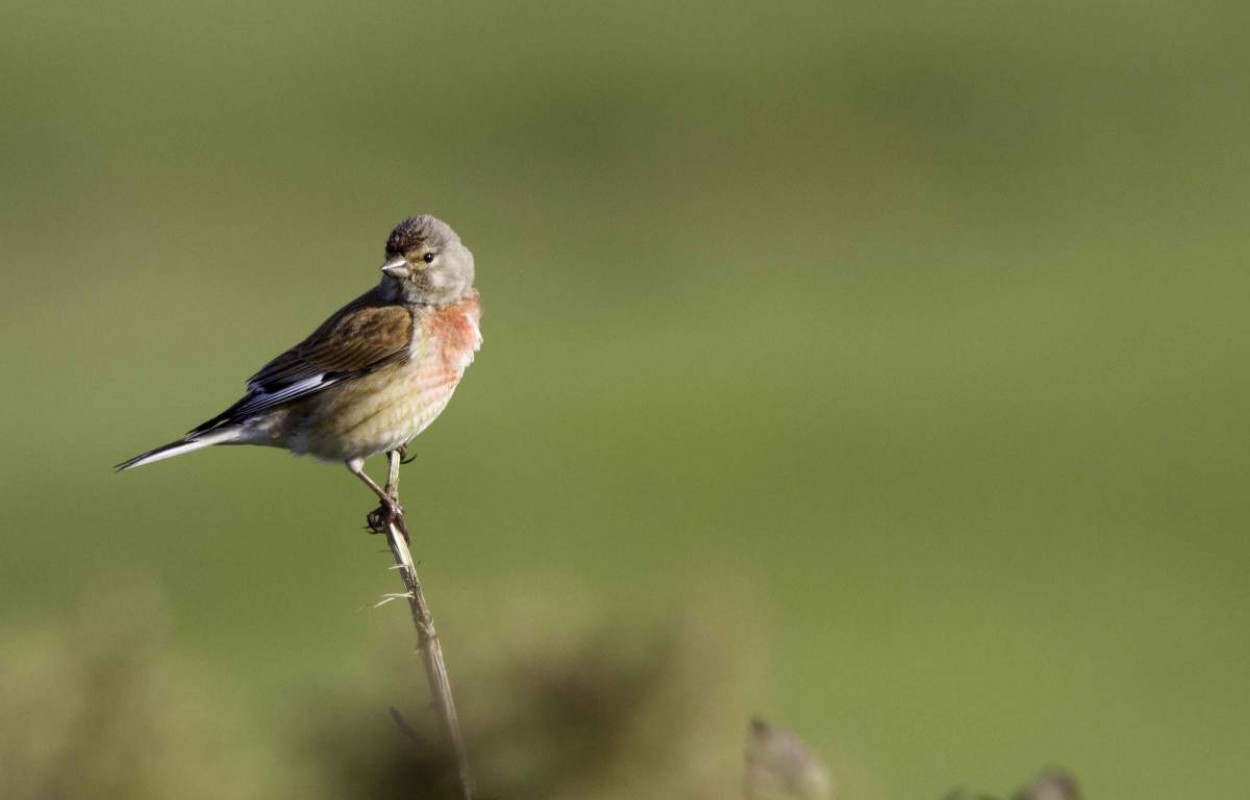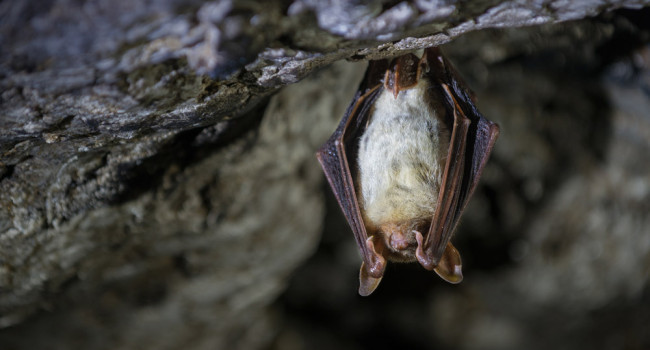Bird conservation and the land sharing‐sparing continuum in farmland‐dominated landscapes of lowland England

Author(s): Finch, T., Gillings, S., Green, R.E., Massimino, D., Peach, W.J. & Balmford, A.
Published: March 2019
Journal: Conservation Biology Volume: 33
Digital Identifier No. (DOI): 10.1111/cobi.13316
One way of thinking about and testing the different options for land management is to consider ‘land sparing’ versus ‘land sharing’. Land sparing is a scenario where a significant amount of land is spared from agriculture. The advantage of land sparing is that natural habitats may be fully preserved in the spared areas, such as large nature reserves or rewilded landscapes. However, as the cultivated part of the landscape is smaller it must be managed very intensively to achieve high yields, with deleterious consequences for farmland biodiversity. On the other hand, land sharing integrates food production and biodiversity conservation on the same areas. An example of land sharing is our current approach using agri-environment schemes to ‘soften’ farmland so that food production and biodiversity can coexist in the same area. A key question is how well biodiversity can coexist in this way and whether sparing might benefit more species.
Research conducted in tropical areas suggests that land sparing is likely to protect more species compared to land sharing. However, little was known about which strategy could be the best suited for Britain and Europe, where the land has long been subjected to the impacts of agriculture. This knowledge gap has now been filled by a study led by RSPB, in collaboration with BTO and the University of Cambridge. Data collected by volunteers taking part in the Breeding Bird Survey were analysed to project how bird populations would change in The Fens and Salisbury Plain under a range of different food production strategies, involving land sparing, land sharing or mixed strategies.
This study showed that more species are likely to achieve bigger local populations under land sparing strategies compared to land sharing. This is not dissimilar to findings in tropical areas. However, some farmland species of global or national conservation interest, such as Lapwing or Corn Bunting, are projected to benefit from land sharing or intermediate strategies.
The study concluded that in areas dominated by farmland landscapes, such as lowland England, intermediate strategies between land sparing and land sharing may be the best. Three-compartment strategies, which involve maintaining natural areas fully spared from agriculture, low-yield farmland, and high-yield farmland, could potentially represent the best compromise between the needs of satisfying food demand and conserving biodiversity.







Share this page